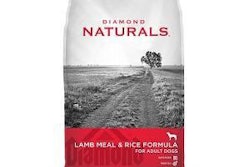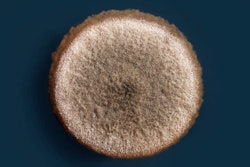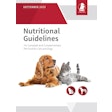
With apologies to the hit song from the 1980s, pet food is not at any risk of being “blinded with science.” While the high-quality nutrition delivered via pet foods and treats sold today is based on sound scientific research and knowledge, little of the latest research is publicly available (https://goo.gl/QufkLB).
“To make science-based decisions, you need published scientific literature and data and research methods for commodity ingredients and pet food. And there is a fundamental lack here,” said Michele M. Evans, PhD, executive director of food safety and quality for Diamond Pet Foods, presenting at the Feed and Pet Food Joint Conference in October 2016.
Much of the research that is conducted is by pet food companies and often considered proprietary. When a study is done by a university program, it frequently is funded by a company, and unlike the one on protein in dog food highlighted on p. XX, the researchers are not allowed to share their findings (or can share only a portion). It also doesn’t help that there are only about a dozen such academic programs worldwide.
Pet food companies have every right to decide how much to share, if any, of the research they conduct or commission. The real problem is that there’s no other source of funding for pet food research. Contrast this situation with the human food industry, whose researchers and companies can apply for government grants to fund studies on nutrition and food safety.
The lack of publicly available research leads to more than just frustration on the part of people who want to know the science behind pet nutrition and pet food. This vacuum is often filled, especially online and in social media, by pseudoscience (https://goo.gl/PxEL0H).
What if pet food had a scientific society, similar to the Institute of Food Technologists (IFT)? Greg Aldrich, PhD, research associate professor and head of the Pet Food Program at Kansas State University, and author of Ingredient Issues (p. XX), has proposed forming such a society. It could be funded by membership dues and possibly corporate grants that would support research published in a peer-reviewed journal. Like IFT, it could also involve students interested in pet food, helping to develop the next generation of our industry’s professionals. An additional benefit might eventually be more university programs devoted to pet nutrition or other aspects of pet food.



















